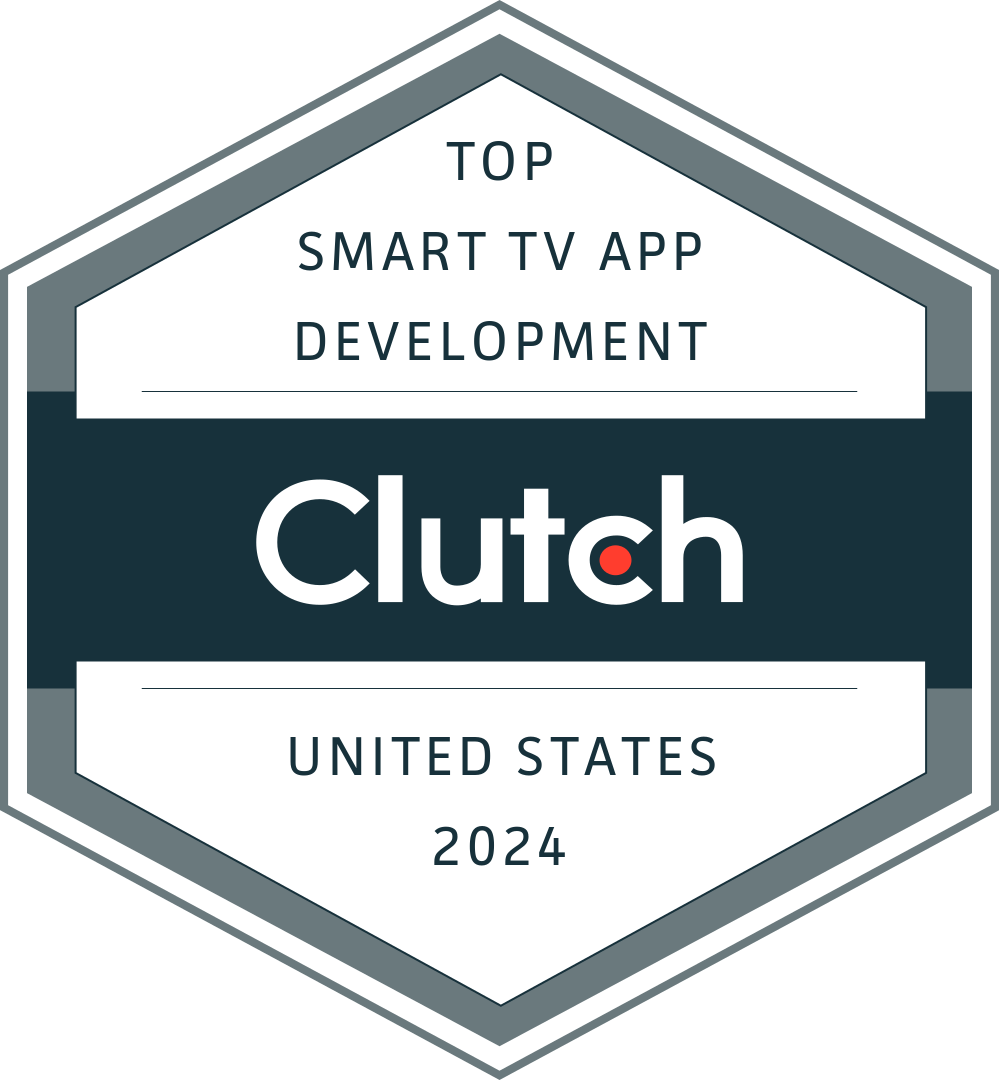UX/UI Design: Enhancing User Experience, Part 3: AI as a Tool
Dive into the transformative power of using AI in UX/UI design with insights from our latest blog post, exploring how AI tools are enhancing user experiences while navigating potential pitfalls and maximizing effectiveness in software engineering.
AI As a Tool
AI has boomed in recent years; its tools and algorithms that used to be only available to select organizations are now widespread and readily available for public use. As Brett Wooden, Buildable’s in-house software technology expert and marketing strategist aptly points out, “AI is the most powerful technology force of our time. It’s the automation of automation, where software writes software.”
Businesses now regularly use AI tools to optimize workflows and processes, analyze large amounts of data quickly, make end-user predictions, and provide recommendations, allowing them to make faster, more well-informed decisions.
In UX/UI design, AI is used extensively to streamline development, improve software quality, and enhance user experience. It’s especially useful for helping to personalize products with its predictive analytics, natural language processing, and image and video recognition capabilities. AI is changing the way UX/UI designers work. It is a tool that, when used appropriately, helps create exceptional products and services.
AI Is Awesome!
AI tools allow UX/UI designers to work more efficiently and produce higher quality work. Those who use AI as an assistant will have an advantage over their competitors who don’t use it.
With AI’s statistical analysis capabilities, it can digest large bodies of information quickly. In UX/UI design we use AI data analysis to study alternative designs and to help designers better understand the end-users and their possible reactions to specific designs. This is a very safe and appropriate use of AI.
Some other AI capabilities that make it a perfect companion for UX/UI designers:
- Generates ideas quickly to inspire creativity
- Takes on mundane/repetitive tasks, leaving more time for human creativity
- Allows for rapid prototyping and modifications of software designs
- Provides instantaneous feedback on designs
- Gathers and assimilates information quickly
- Provides text quickly that can be manipulated/edited for further use
Imagine what this list will look like in 10 or 20 years! Ray Kurzweil, in his book, “The Singularity is Near: When Humans Transcend Biology”, says, “...the pace of change of our human-created technology is accelerating and its powers are expanding at an exponential pace. Exceptional growth is deceptive. It starts out almost imperceptibly and then explodes with unexpected fury – unexpected that is, if one does not take care to follow its trajectory.”
We are watching this growth unfold right now and are being presented with new AI tools almost on a weekly basis. In fact, Markets and Markets, a market research company predicts the global AI market will grow at a CAGR of 36.8% from 2023 to 2030, starting at $150.2 billion in 2023 and landing at $1,345.2 billion in 2030. This incredible growth will expand the possibilities for UX/UI interfaces, leading to an exciting future for our software designers.
The Pitfalls of Too Much AI Reliance
We have established how awesome AI is, but it does have its limits. We still need humans for complex problem solving, ethical decision making, truth discernment, and raw creativity. Too much reliance on AI to create code, write text, or produce design can lead to sub-par products that may immediately be tagged as ‘created by AI’.
Some of the things we cannot expect from AI in the world of software engineering, include:
AI is not a co-worker. It does not make decisions. It will not do the job for us. A good software designer does not expect AI to produce final products on its own, but rather uses AI as an assistant.
AI cannot discern truth from untruth. Its data-powered brain is formed by the information found on the internet. As we all know, not everything on the internet is true.
AI can have a bias. AI’s collected ‘knowledge’ reflects the information provided by the internet’s most prevalent users. Demographically this boils down to users from predominantly western, English-speaking countries.
AI makes false statements. Commonly called ‘hallucinations’, AI’s confident untruths can be well presented and very convincing.
AI is not human. We can’t expect AI to understand or empathize fully with what it means to be an emotional, unpredictable human being. It’s important to oversee any AI input to maintain a human-centered approach in software design.
As we move into the next few decades, some of the issues we currently have with using AI tools will be reduced or eliminated, new tools will be developed, and AI will become more capable. We will be able to relinquish more responsibility to AI. Undoubtedly, as we trust AI with more tasks, we will have new challenges to solve. AI is growing so fast that in some cases the world is having trouble keeping up. We are having to make quick social adjustments, implement new government regulations, and provide more intense user education.
Harnessing AI Tools Effectively
Here at Buildable we have learned how to fully capitalize on the benefits of using AI tools, while maintaining human discernment and judgment. Some of the lessons we can share include:
Use AI sparingly: Again, it’s important not to overuse AI. Relying on AI too heavily can create ingenuine, faulty products. AI is not a crutch; it’s a fantastic tool when used appropriately.
Rely on Expertise: The more expert a software designer is the more value they will get out of using AI. For example, discerning mistakes and incongruencies in code is only possible if you know what a code should look like! Being an expert software designer means being able to ask the right questions and apply an educated judgement to AI responses.
Be specific: Be precise and detailed in interactions with AI – ask specific questions, present detailed queries, and provide lots of direction for requested tasks. Ask follow-up questions, when needed. Avoid open-ended questions.
Effectively Iterate: Use AI to help you fine tune through iteration. For example, ask, “Is there another option for building this code?”, “Can you shorten this text?”, “How would you sum this up?”, “Can you give me a different example?”, etc.
Conduct quality checks: Double check information provided by AI. As we mentioned earlier, AI spews out plenty of false information very convincingly.
When generating ideas: Ask AI for multiple options when prompting for ideas, so you have plenty to consider and sort through. Try different wording in multiple prompts. Conversely, sometimes it can be useful to experiment a little and provide AI with less specific, more generalized prompts. You might get some surprising responses that lead to an idea you might not otherwise have thought of.
Being able to use AI properly in UX/UI design means staying educated about any new product or process that may be beneficial to design work. It also means staying aware of any issues or vulnerabilities that may need to be addressed. Our UX/UI designers spend time researching, following the latest tech news, and learning new skills when applicable. We anticipate new product development and new directions of growth to stay abreast of AI tools and to keep one foot in tomorrow.
Phone: (503) 468-4880
Email: connect@buildableworks.com
What can we help you with?
Talk with an expert at Buildable about your project.
This site is protected by reCAPTCHA. Google Privacy Policy and Terms of Service apply.
Copyright © 2026 Buildable.
All Rights Reserved
Privacy Policy | Terms of Service
Let's build what's next. Together.




